DARPA’s New Military-grade Quantum Laser Is the First of Its Kind
Researchers, collaborating with the US Defense Advanced Research Projects Agency (DARPA) to develop a prototype quantum laser, have secured a $1 million grant.
The laser is expected to play crucial roles in future military operations, including satellite communications, mapping, lidar tracking systems, and other advanced military technologies.
Lasers Revolutionized Tech
Light Amplification by Stimulated Emission of Radiation—or lasers—fundamentally changed society when it was introduced in the early 1960s.
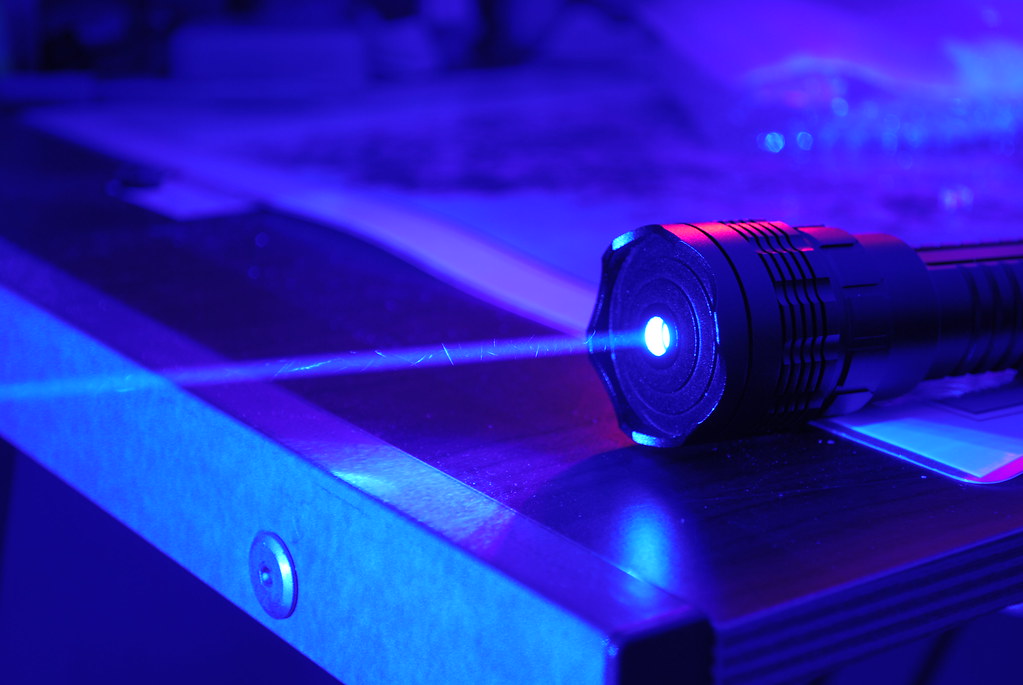
Source: Andrew "FastLizard4" Adams/Flickr
While the use of lasers seems almost endless, they have helped revolutionize how we communicate, perform surgeries, and even pay for the device you’re currently reading this on. Lasers are part of our everyday lives, and they continue to improve.
How Lasers Work
Lasers work on the principle of stimulating emissions of radiation, which involves a process where atoms or molecules emit light particles in a coherent, focused beam.

Source: Sora Shimazaki/Pexels
A quantum laser, however, would essentially pull the light particles together instead, entangling them rather than creating a focused beam.
The Shortcomings of Lasers
A current struggle for lasers is their susceptibility to failure in adverse conditions such as fog, extreme temperatures, or over great distances.

Source: Pixabay/Pexels
This is a problem that has plagued militaries, telecommunication companies, and NASA. While the optical amplification of light is impressive, overcoming this hurdle remains crucial.
The New and Improved Laser
Researchers are designing the laser to utilize quantum entanglement to “glue” light particles together, enabling the creation of a more highly concentrated beam.

Source: MOHI SYED/Pexels
By employing entangled photons, researchers aim to develop a laser that is more precise and powerful, capable of firing over greater distances and in varied conditions, thus enhancing its utility in military-grade operations.
Laser’s Big Problem
Recently, NASA tested its new laser communication systems, which could help improve communications between spacecraft and headquarters for upcoming space missions.
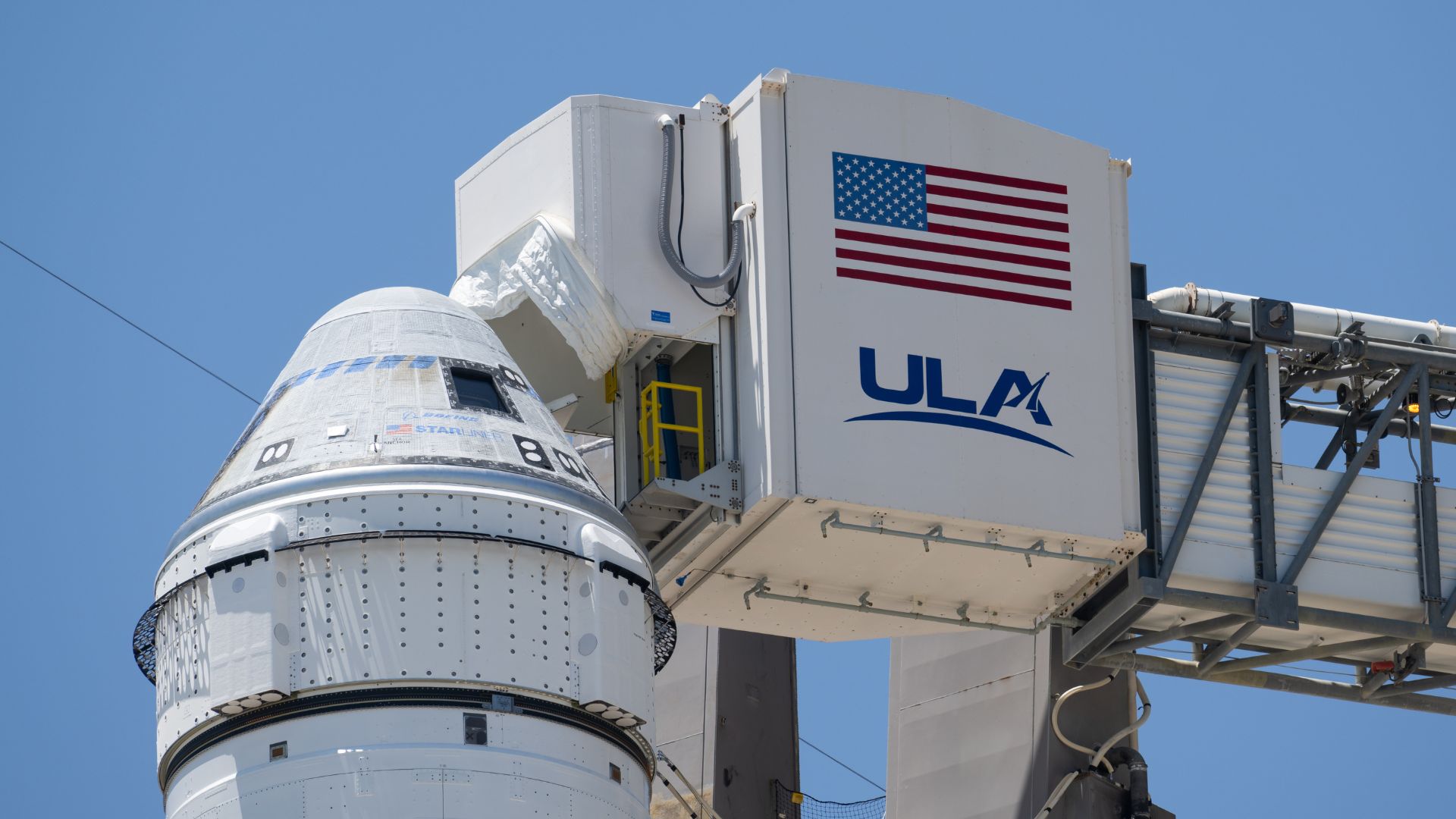
Source: NASA/Joel Kowsky/Wikimedia Commons
This laser’s biggest problem is that photons passing through the atmosphere can suffer significant damage, breaking apart in the process.
The Future With a Quantum Laser
With a quantum laser, there would be damage to the laser, but not enough to interrupt the laser’s projection. This could make future telecommunications technology much more reliable. However, creating quantum beams in space and sending them back and forth will still need to be worked out.

Source: Wikimedia
Researchers say that figuring out how entanglement works is just the tip of the iceberg for what they might be able to accomplish with quantum lasers, opening the door to a new world of technology and exploration.”
The Team Behind the Laser
The researchers behind the project hail from Washington University in St. Louis and Texas A&M University and are attempting to overcome the shortcomings of modern lasers.

Source: Pete Alexopoulos/Unsplash
The team is led by Jung-Tsung Shen, who hopes to develop a prototype device called the quantum photonic-dimer laser within two years.
The Idea Behind the Laser
The idea behind the laser is to carefully control two particles of light that can be used to create a powerful laser beam. The “quantum” aspect of the laser arises when these two particles become entangled, which can help mitigate some of the deleterious effects lasers may encounter.
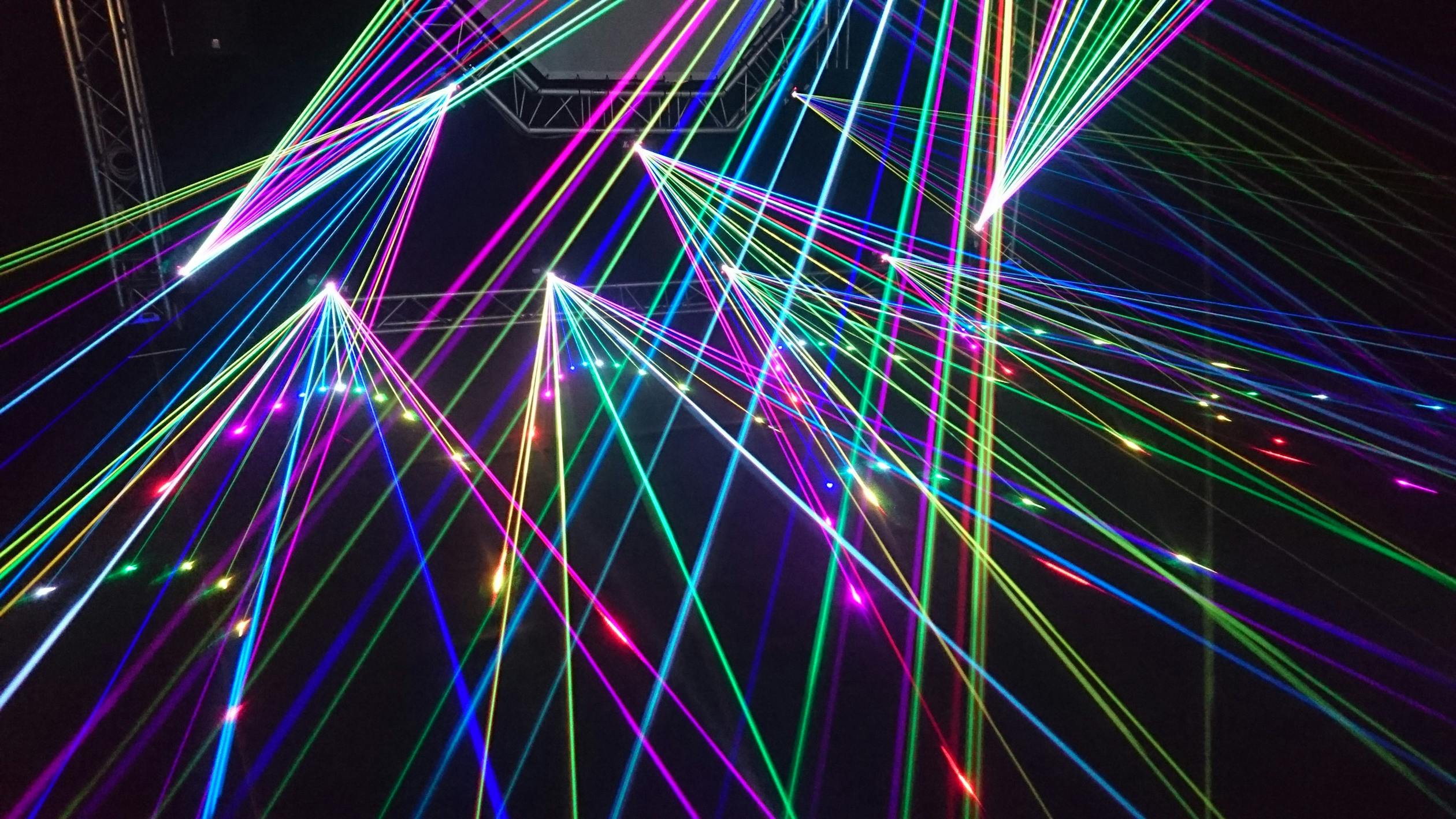
Source: Pixabay/Pexels
Applying a charge to one photon simultaneously affects the other, creating a stronger beam that can withstand challenging conditions.
How Information Travels
“Photons encode information when they travel, but the travel through the atmosphere is very damaging to them,” Shen said in a press statement.
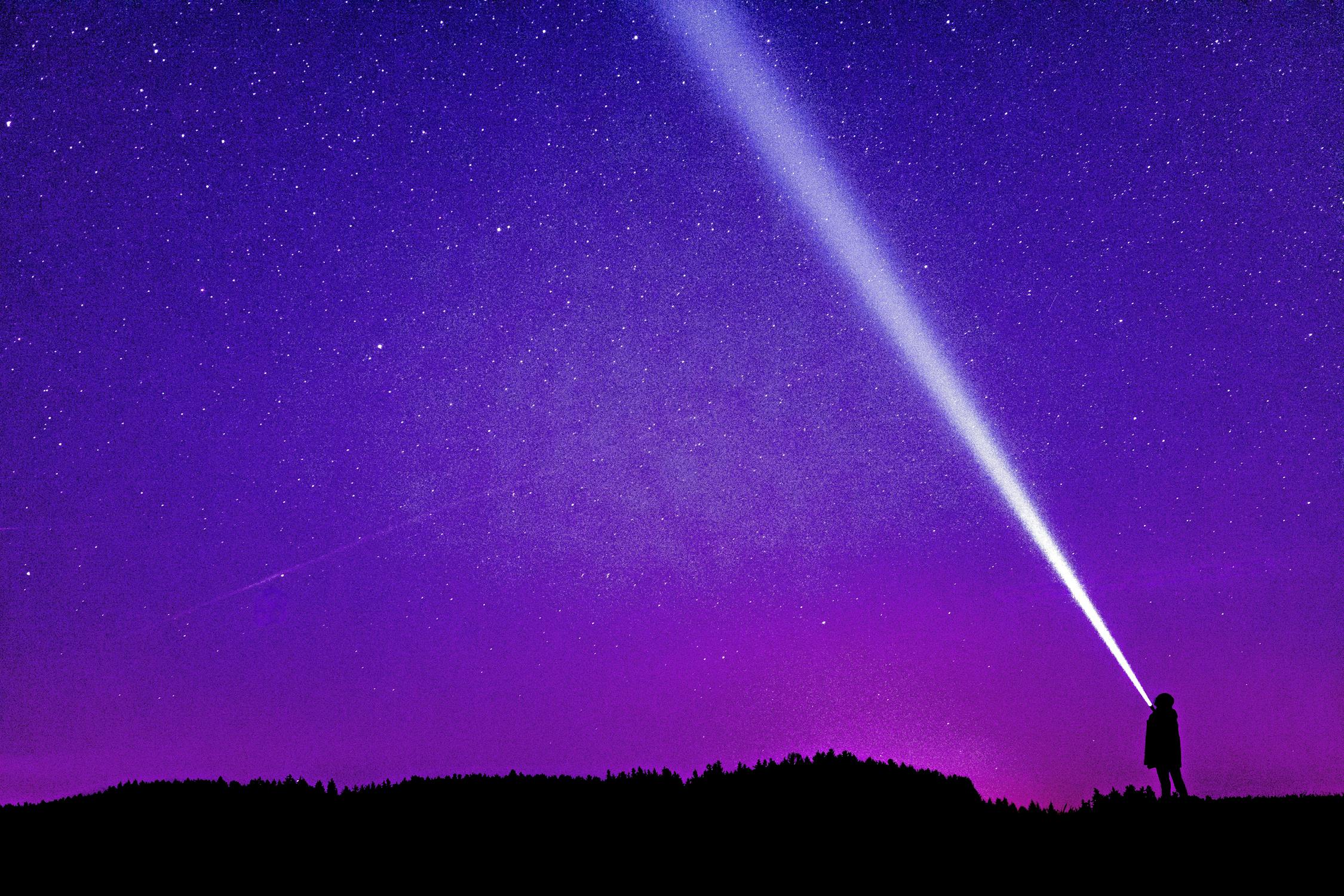
Source: Felix Mittermeier/Pexels
“When two photons are bound together, they still suffer the effects of the atmosphere, but they can protect each other so that some phase information can still be preserved.”
Just the Tip of the Iceberg
Shen says he “glued” two different colored photons together, which then exhibited the behavior of a blue photon. Tweaking the “glued” protons optimally in adverse conditions can be a huge win for communications and imaging.

Source: Freepik
“We are trying to exploit the property of entanglement to do something innovative. Shen said, “The entanglement can do many things that we can only dream of—this is just the tip of the iceberg.”
The Future of Quantum Technology
These researchers are not the only ones applying quantum physics to classical technologies. Last year, a French research team reported their “quantum radar” outperformed a classical radar by 20%.
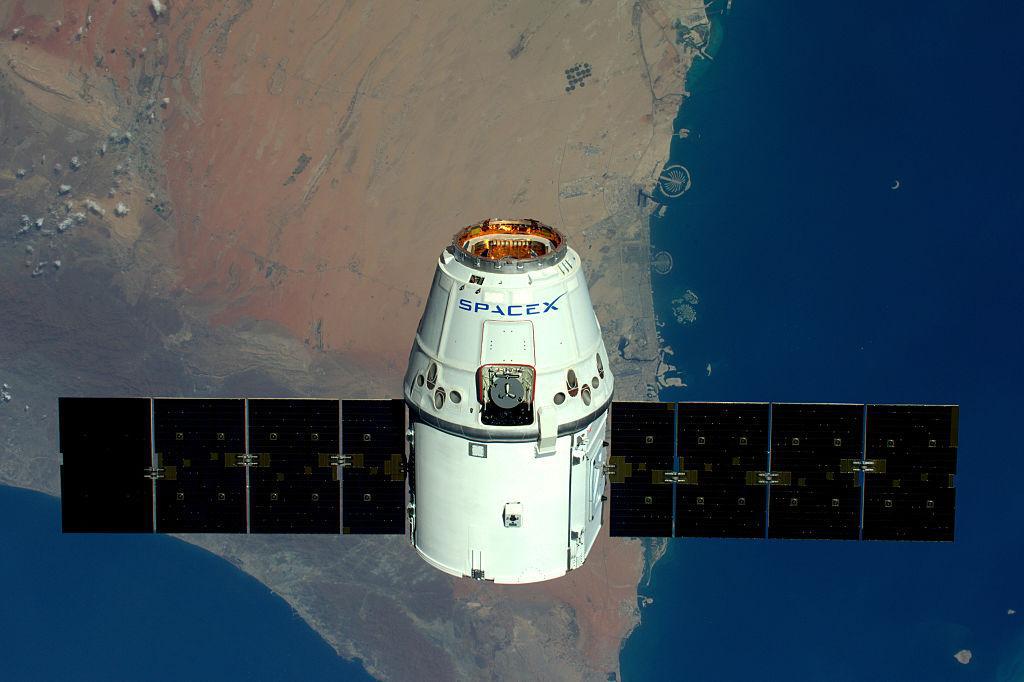
Source: Tim Peake / ESA/NASA via Getty Images
Lasers are changing the world once again, making technology faster and more efficient. However, time is still needed for this tech to be perfected.
